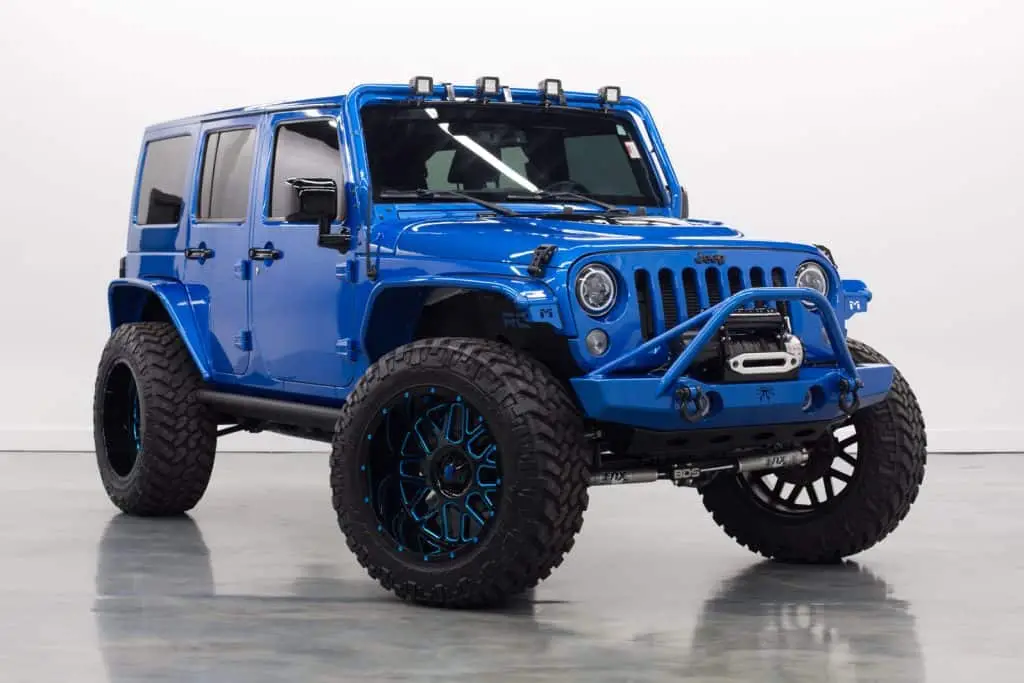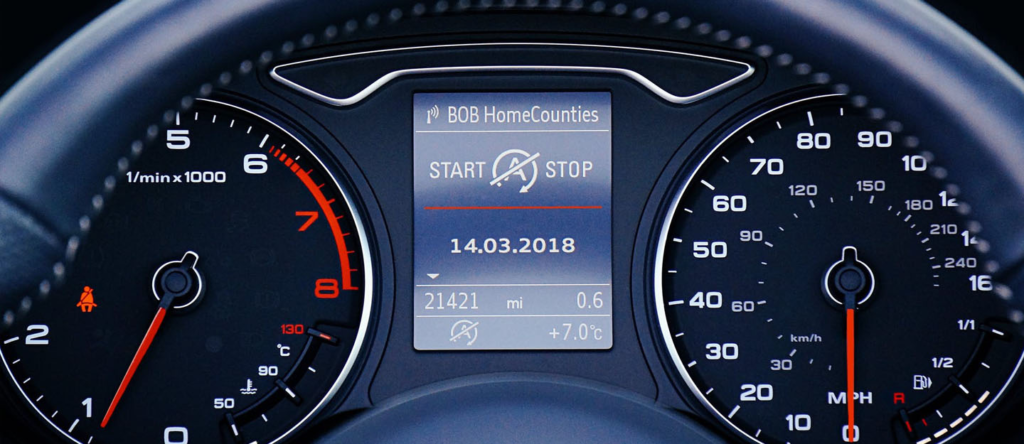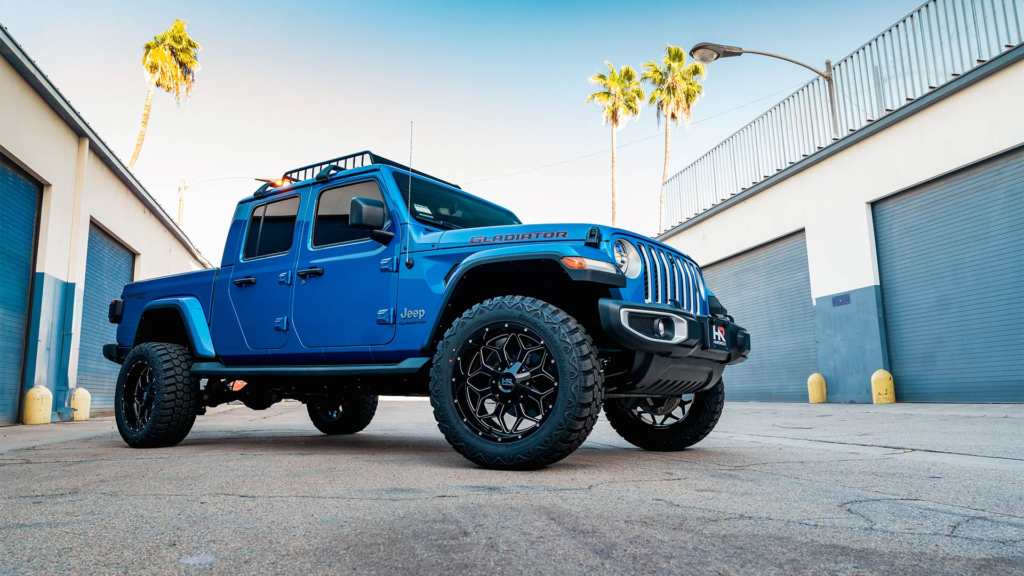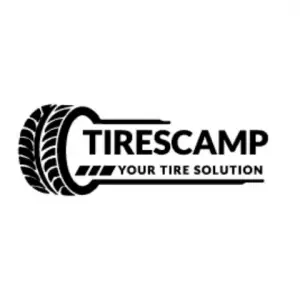Getting 37-inch tires for the vehicle can be very alluring. These tires improve the vehicle’s looks to the next level. But not all rims can handle a 37-inch tire.
Then the question arises, can you install 37 inch tires on 16 inch rims?
No, you can not install 37-inch tires on 16-inch rims. 37-inch tires need at least 17-inch rims for proper functioning. Or else, these tires will cause several problems. Some of the problems are reduced stability, more blowout risks, suspension system damage, engine failure, etc. Whereas, 37-inch tires installed on rims equal to or bigger than 17-inch will be of much benefit.
This is just the basic idea about the 37-inch tires and 16-inch rims. You will need more information on this matter. So don’t stop scrolling!
Can You Use 37 Inch Tires on 16 Inch Rims?
No, you can not use 37-inch tires on 16-inch rims as you can use 37-inch ones on 20-inch rims. There are certain conditions and specifications for matching the wheels and rims. 37-inch tires and 16-inch rims do not fulfill these conditions. So they can not be used together.

Recommended Rim for 37-Inch Tires
At least 17-inch rims are necessary for 37-inch inch tires. Rims bigger than 17 inches will also be able to hold these tires. This measurement can be calculated by using a mathematical formula. The formula is given below.
Overall diameter = (width in millimeters x aspect ratio / 100 x 2) + rim diameter in inches x 25.4 (to convert inches to millimeters)
So, even if you take the widest tire, a 330mm one with an aspect ratio of 75% and a rim diameter of 16 inches then the overall diameter of a tire would be;
Overall diameter = (330 x 75 / 100 x 2) + 16 x 25.4
= 495 + 406.4
= 901.4 millimeters or 35.5 inches.
So a 16 inch rim would be able to support a a 35 inch tire even when you take the widest tire into consideration. So, a 37-inch tire would require a larger rim size, such as 17 inches or larger, to fit and function properly on a vehicle.
As you can see, a tire with a larger aspect ratio (i.e. a taller sidewall) requires a larger diameter rim to maintain the overall diameter of the tire. However, if you install 37-inch tires on 16-inch rims, the vehicle might still function. But there will be some negative consequences of this work. Let’s go through these consequences in the next sections.
Consequences of Using 37-Inch Tires on 16-Inch Rims?
Various components of the vehicle work together to rotate the wheels. They are designed for proper synchronization with different parts. If you use wrong-dimensioned tires like the 37-inch ones, the car components will suffer. Let’s see how!
Tire Falling Out of The Rim:
Since the 37-inch tires won’t fit properly on the 16-inch rims, they might come out while driving the vehicle. As a result, the vehicle will lose control and can fall into an accident.
Reduced Stability:
A tire that doesn’t fit properly can affect a vehicle’s stability so controlling the vehicle becomes harder. Especially during turns or sudden maneuvers the vehicle might go completely out of control.
Blowout Risks:
The 37-inch tires will not be mounted properly onto the rims. So there are possibilities that the tires will bulge or flex more than intended. This will result in uneven wear and consequently, blowout risks will be increased.
Suspension System Damage:
A tire that is too large or too small can put additional stress on the vehicle’s suspension system, potentially causing damage or premature wear. The overall suspension system will get damaged because of the unfit tires.
Engine Failure:
The engine produces the power needed to rotate the wheels. It is designed according to the rim and tire size. If the tires used in the vehicle do not meet this design standard, the stress on the engine increases.
Then the vehicle engine might fail miserably. This can happen if you use wrong sized tires for your vehicle. Even using 40-series or 45-series tires incorrectly can cause issues.
16-inch rims are not designed to maintain 37-inch tires. These tires are heavier than the smaller ones. So when they are installed, the load on the engine increases. It has to generate more power for rotating the heavier tires. This causes stress on the engine.
Enhanced Fuel Consumption:
The next problem that the vehicle will face is enhanced fuel consumption. As I have mentioned earlier, 37-inch tires produce excess load on the engine. The engine produces more power for moving the vehicle. As a result, it needs more fuel than usual.
So the user will have to refill the vehicle fuel tank more times. This will increase the cost of driving and decrease efficiency. Overall, the fuel economy of the vehicle will be affected.
Wrong Speedometer Reading:
The 37-inch inch tires will also disrupt the speedometer reading. This device shows the speed of the vehicle. But bigger tires like the 37-inch ones hamper the calculation of the Speedometer. As a result, it does not show the right speed.

This phenomenon happens because of the bigger circumference of the 37-inch tire. So the tire travels more distance per revolution than the smaller ones. The Speedometer can not calculate this distance properly. Thus it shows a slower speed of the vehicle.
Losing Driving Comfort:
Driving is all about comfort on the road. And bigger tires can change it. If you install 37-inch tires in your vehicle, the riding can become full of jumps and bumps. Because big tires can not absorb the shocks of the road as well as smaller ones. So they will decrease driving comfort.
These are the problems that one will face if 37-inch tires are paired with 16-inch rims. So one should be very careful while replacing car parts just like using E250 on F250 wheels.
I will present the correct rim size for 37-inch tires in the next section. So keep reading!

What Is the Correct Size of Tires for 16-Inch Rims?
There are both advantages and disadvantages to using bigger tires. Here I will present the accurate tire size for the 16-inch rims so that you can get the benefits.
The biggest tires that you can get for 16-inch rims are 33-inch tires. However, you might need extra lifts for installing them. Tires below 33 inches in size are perfect for the 16-inch rims.
Here are some suggestions of tires that you can get for your 16-inch rims 235/55R16, 175/55R16, 235/60R16,175/60R16, 235/65R16,185/50R16, 235/70R16,185/55R16, 235/75R16,185/60R16, & 235/80R16.
Frequently Asked Questions (FAQs):
How Heavy Is A 37 Inch Tire?
The average weight of 37-inch tires is between 68 pounds to 85 pounds. The weight depends on the thickness of the tires besides their diameter. So there are huge variations of weights. Baja ATZ P3, which is a 37-inch tire, weighs around 85 lbs. Whereas, Discoverer AT3 XLT weighs only 68 pounds.
What Is A Safe Tire Width?
The safe tire width depends on the size of the rims. Manufacturers make tires that match the rim dimensions. However, new aftermarket tires might be thicker than stock tires. Then tires that are about 20 mm thicker than the stock ones are safe. Any tire thicker than this range can cause problems.
Are Thicker Tires Better?
Yes, thicker tires are better. Thicker tires have more surface area than thin ones. So they can produce more traction. Moreover, thicker tires perform well on dry roads. They are also preferable for high-performance vehicles because of their strength.
Conclusion
This is all I have on your query: 37 inch tires on 16 inch rims. I think that you have understood the problems of pairing 37-inch tires with 16-inch rims.
Take advice from an experienced professional before upgrading the tire size. Then you will learn about all the necessary aspects before changing the tires.
